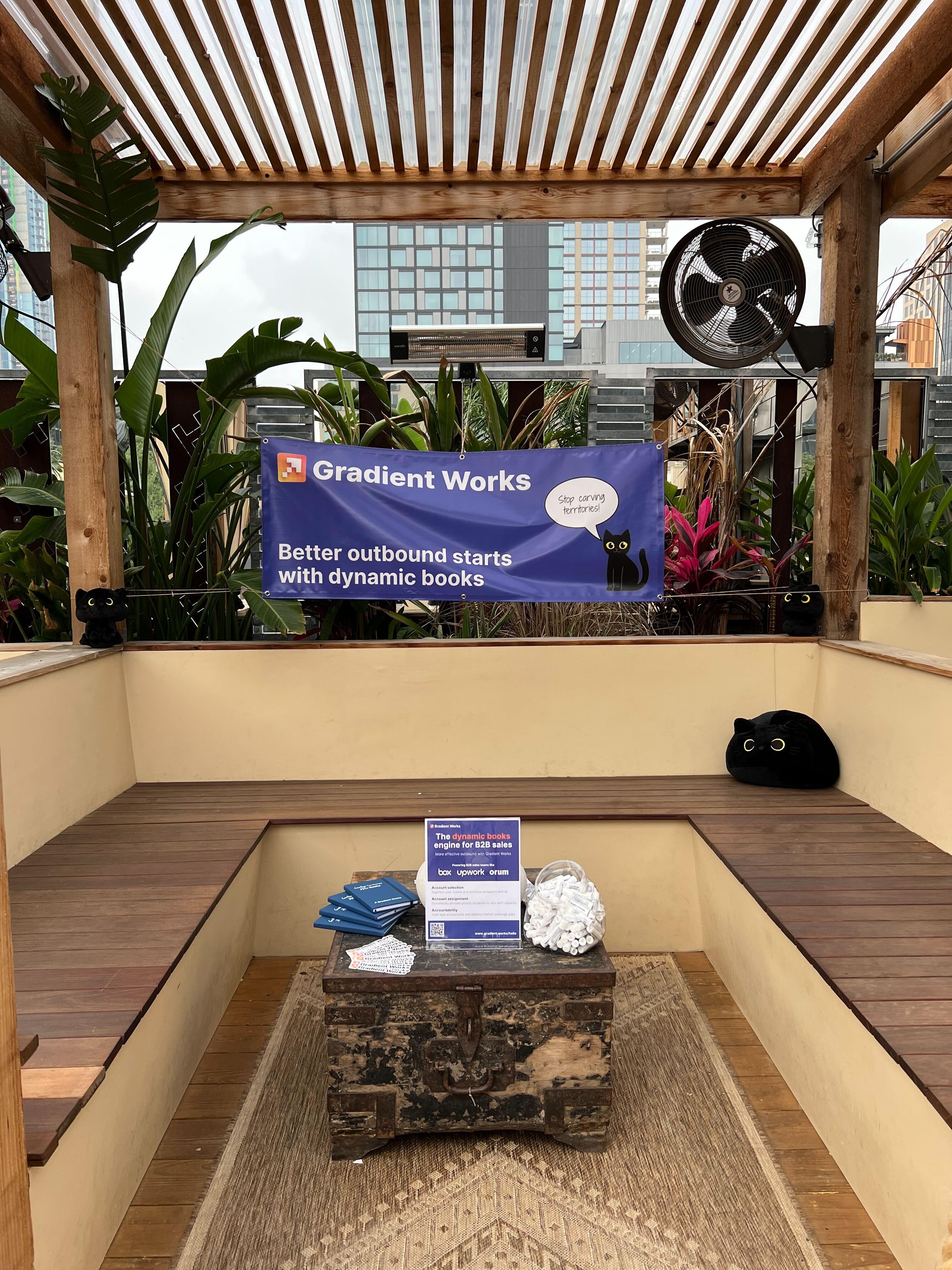The Forrester B2B Summit in Austin provided valuable insights into the evolving B2B landscape. A key takeaway was the growing complexity of the buyer's journey, highlighting the need to enhance how we manage the seller's journey. Here are some notable points from my discussions and readings with industry experts:
Intent data is everywhere but underused
Austin was scorching, and so was the topic of intent data. Every conversation seemed to have something to do with intent data. Most marketing leaders I spoke with or posts I read about have invested in it, but here’s the kicker: most aren’t fully using it.
Sales teams have access to intent data but often lack the playbooks to maximize it. Marketing campaigns usually treat it as an afterthought rather than a strategic tool. This presents a huge opportunity to open new channels for intent-driven demand. If you can harness this data effectively, you're set for a serious edge.
For example, at Gradient Works we effectively combine CRM and cloud computing platforms. Companies using Salesforce along with intent data software like 6Sense or Bombora benefit the most from dynamic book management. Intent data provides contextual information such as demographic, firmographic, and technographic details. Think of it as the adjectives that describe your target customers. This year, sales teams face significant pressure to identify new account groups to drive growth. Utilizing technographic data allows for the creation of highly personalized segments for sales and marketing efforts.
The challenge of coordinating the selling process
Today’s buying journey is like navigating a maze—long, crowded, and tough to manage. Successfully guiding a customer from interest to purchase requires a solid plan.
The buzz at Forrester was about the complexity of the buyer’s journey. We need to up our game in managing the selling journey too. It’s not just about guiding buyers but also about aligning marketing, sales, customer success (CS), and operations teams. Everyone needs to be on the same page about targeting—our ideal customer profile (ICP), specific accounts, and resonant messages. Gradient Works’ Market Map can help your team align and pinpoint high-potential accounts, to ensure you source more pipeline.
A few ways Market Map helps your entire team:
- Nail down your ICP
- Segment and prioritize your accounts
- Give account executives small books of high-potential prospects
- Hold reps accountable for engagement with their sales pipeline
- Review and coach regularly
Learn more on the ways Market Map can help your team source more pipeline.
The need for cohesion
Integration was another big theme. There’s still too much siloed work. We need better integration across marketing, sales, CS, toolsets, datasets, and multi-channel programs. Teams may talk, but they’re not always collaborating effectively.
Breaking down these walls can drive faster and better decision-making among multi-threaded buyer conversations. We need to increase results, work as a team, and utilize existing data. This means fostering real collaboration, not just communication. How do you do that? Moving from a sales enablement to a revenue enablement shift. Revenue enablement is all about getting the whole team on the same page about the customer journey. We need to nail those handoffs, make sure everyone from sales to customer success gets top-notch training, and ditch any overlapping tech that’s slowing you down. Let’s break down those silos with some killer cross-team collabs and shared goals, so you’re all crushing it together.
How Gradient Works is bridging the gaps
This is where Gradient Works comes in. Our dynamic books model is a secret weapon for your GTM team, helping you zero in on the highest-potential accounts. When sales and marketing are synced and laser-focused on the same targets, engagement rates soar.
We'd love to show you how our AI-driven account research can simplify account prioritization, boosting not just your outbound efforts but your entire GTM motion. With Gradient Works, marketing, sales, and CS teams are aligned, integrated, and driving toward common goals..
The path forward, embracing change and collaboration
The Forrester B2B Summit made it clear: businesses need to focus on a few critical areas:
- Leverage, activate and harness intent data.
- Coordinate the selling journey and ensure seamless collaboration between marketing, sales, and CS teams.
- Enhance integration and break down walls and create cohesive efforts across all GTM strategy aspects.
By tackling these areas, businesses can open up new opportunities, make things run smoother, and drive serious growth in the constantly changing B2B world. Embrace these changes and promote a culture of teamwork and innovation. Companies that do this won't just keep up with the market—they'll set new standards for success.




